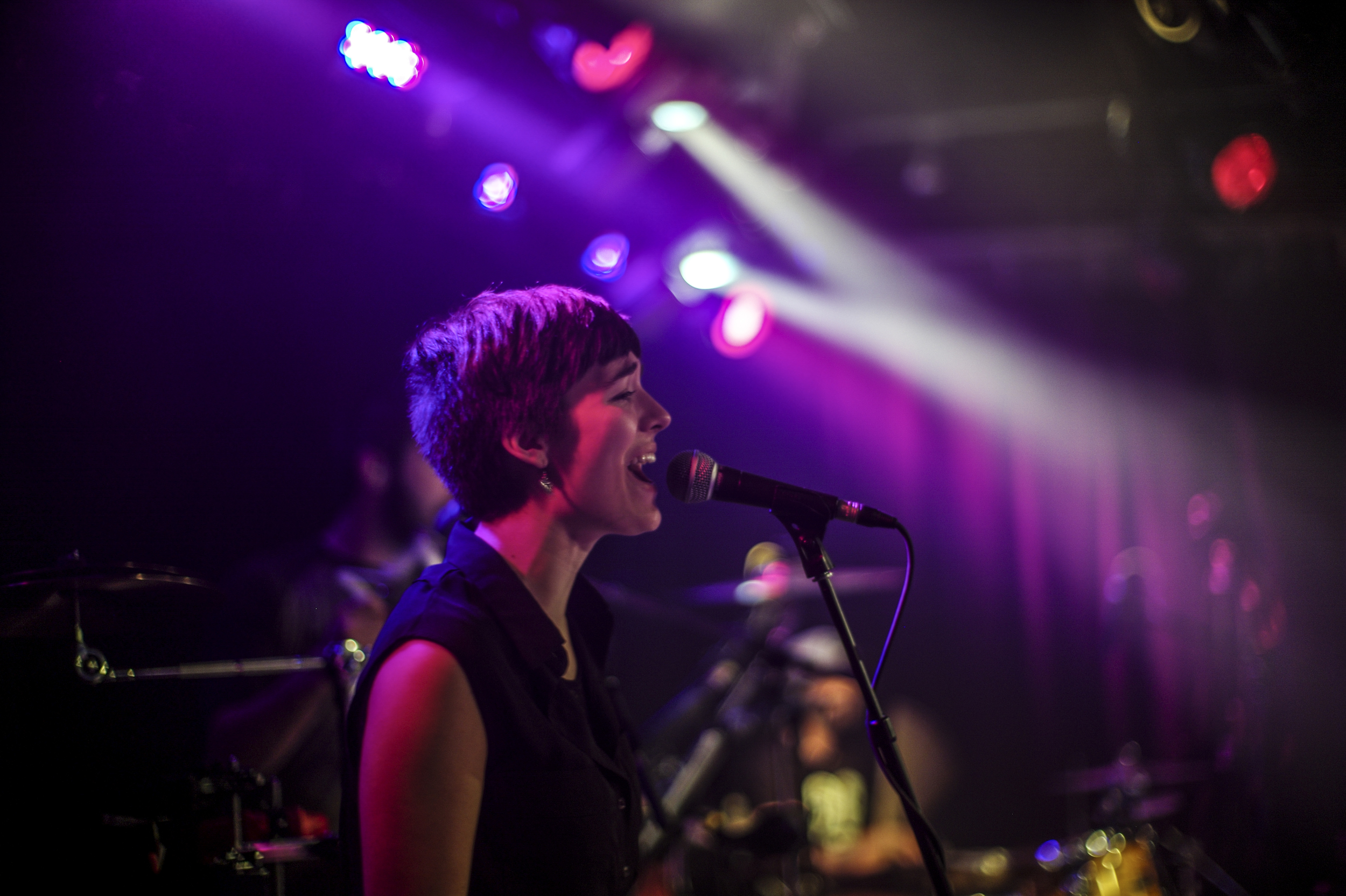
Leica Noctilux-M 50mm f1 lens Review
LOW LIGHT PHOTOGRAPHY TUTORIAL
Introduction
One of the most challenging situations to photograph is at night. This is why I wanted to share some tips on capturing better photographs at night and do a Leica Noctilux-M 50mm f/1.0 lens review to point out the advantages of using an older lens. The truth is whichever lens you may choose from Leica camera’s line up will require more from you as you attempt to capture photographs in low light. At night, with artificial lighting, a slew of factors must be taken into consideration, white balance, shutter speed, ISO and composition to tell the story.
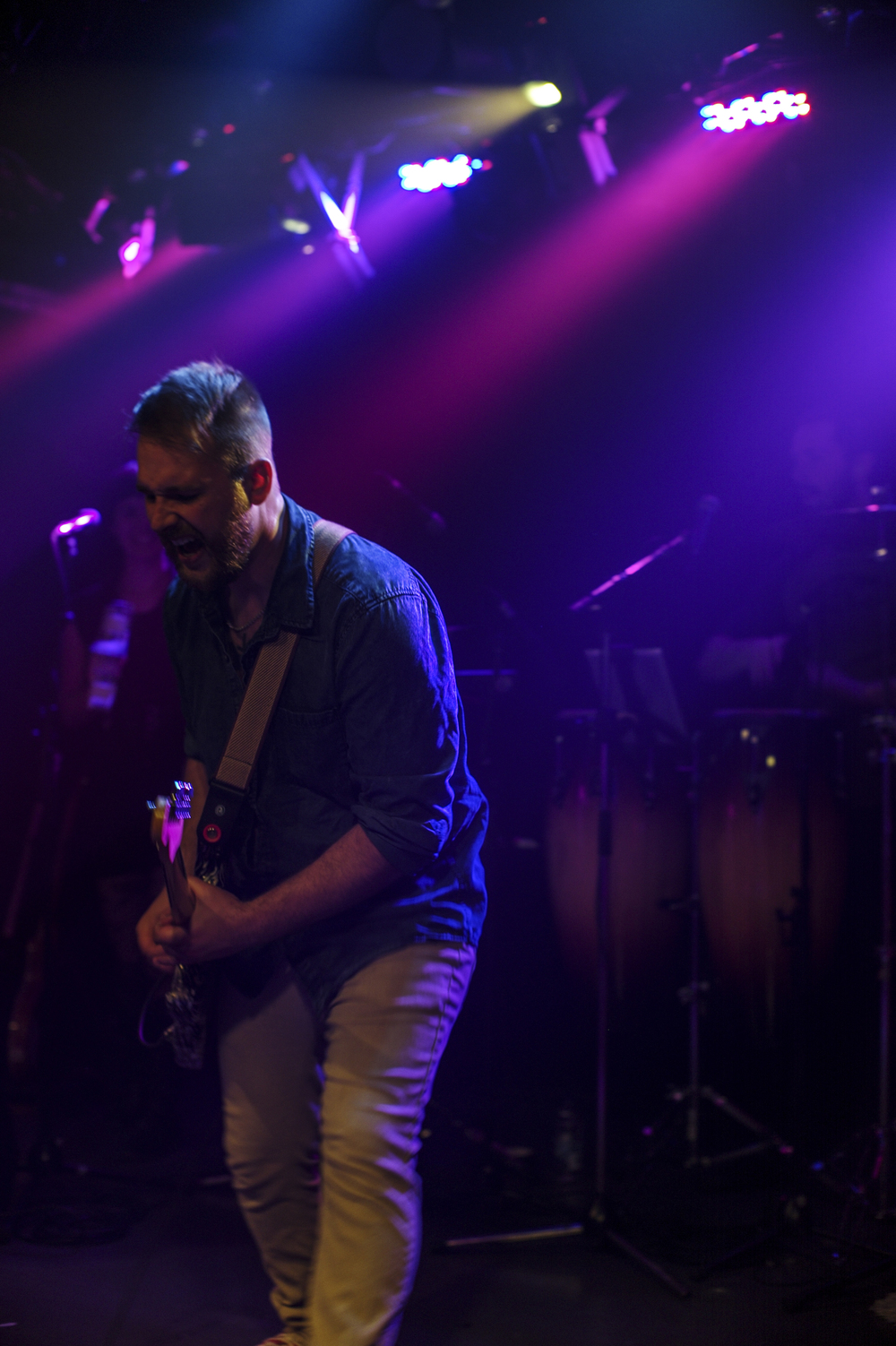
Although night photography is challenging, it also offers advantages if you can capture images with accuracy. At night, for example, subjects become illuminated while most of the ‘non-essential’ get hidden by the dark. It is for this reason, through the history of photography some of the most moving images were captured in low light situations.
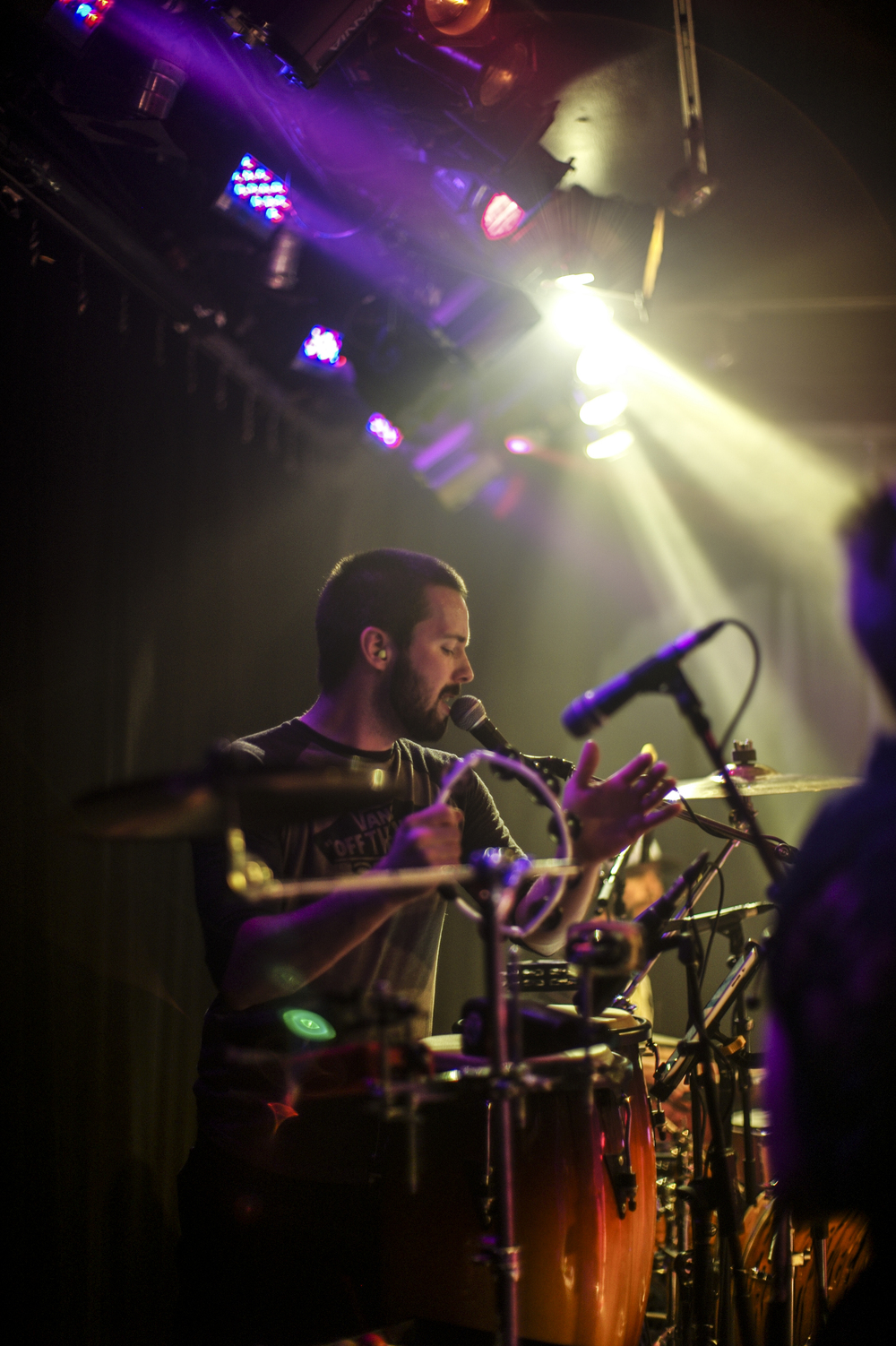
On a recent album launch, I was invited to photograph the event. It is always a pleasure to be involved with the start of artist’s career who later go on to become famous worldwide. Imagine if you were witnessing Rolling Stones or Doors in their very first albums launch. It is a story to be told.
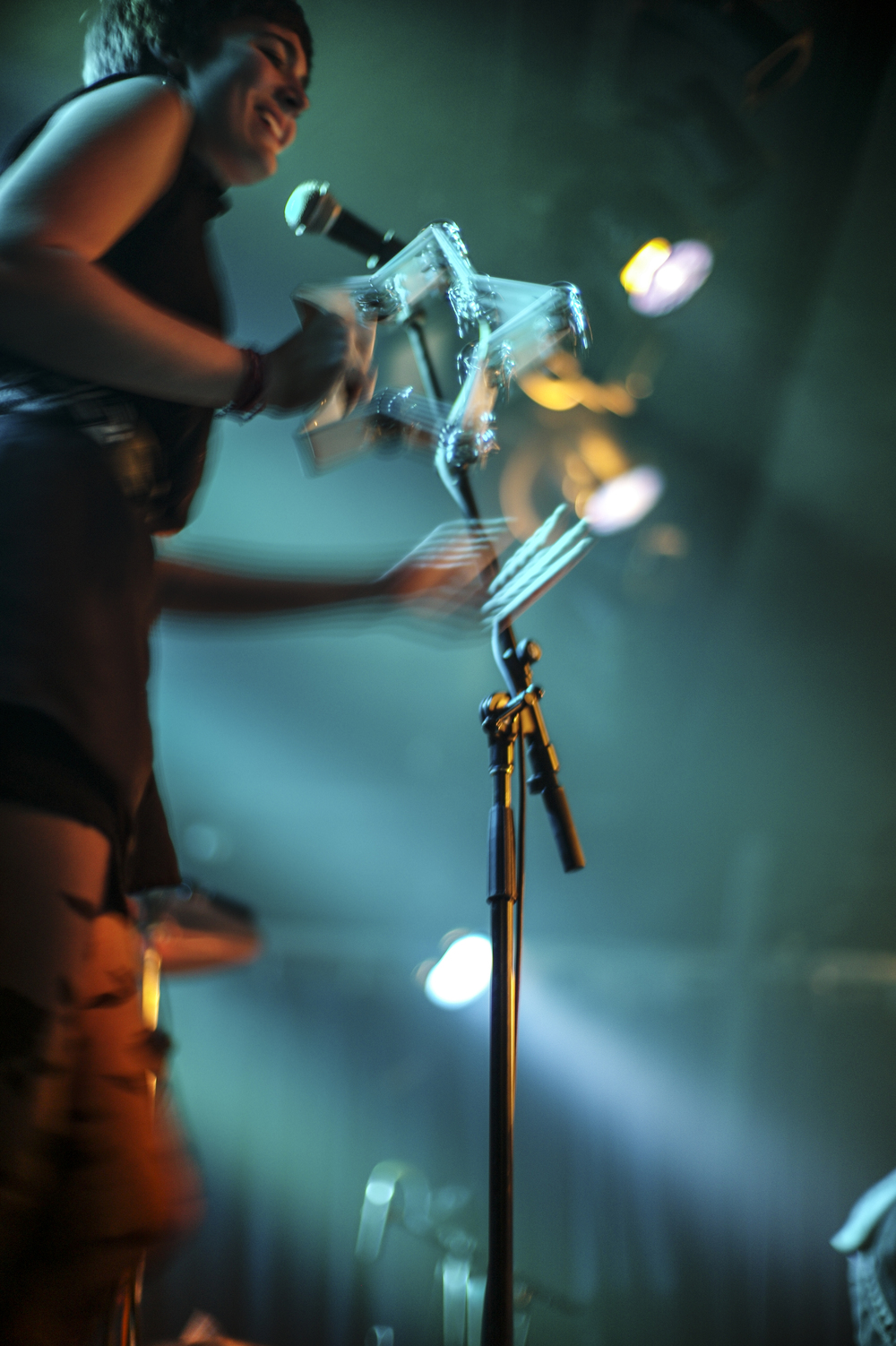
Today, it is no different, art, music moves on with the times and photographs are there to tell their story, in essence, photos capture the era and shed light on the future course of music and art.
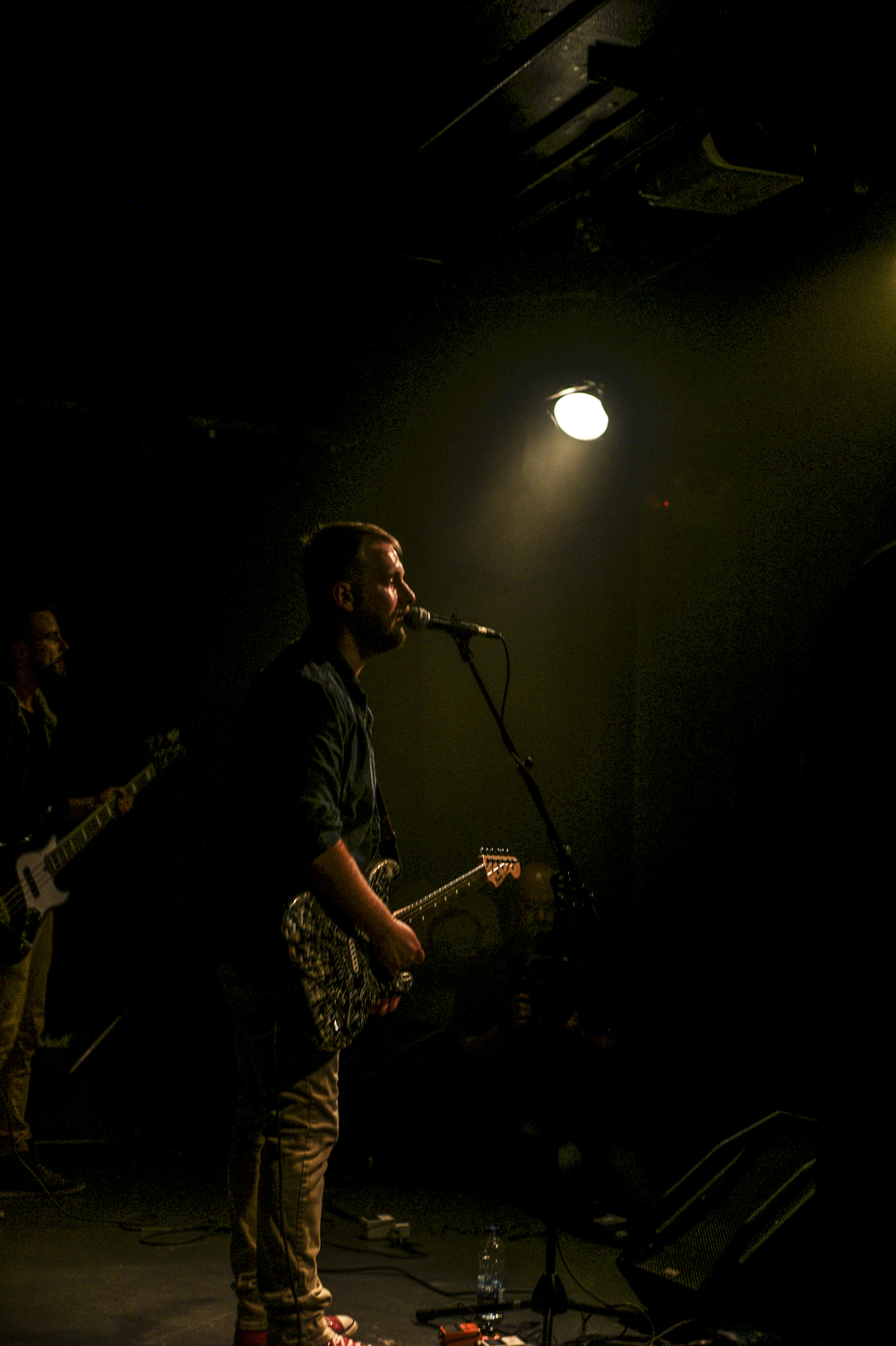
I took my trusted Billingham camera bag with two Leica M cameras, Leica M-P 240 Safari edition with Leica 28mm Summicron f/2.0 lens and Leica M9-P Monochrom camera with Leica Noctilux-M 50mm f/1.0 lens mounted as the choices for my assignment. I also placed my favorite lens of all times, Leica Summilux-M 75mm f/1.4 lens in my camera bag for portraits.
On a typical assignment, I usually take only two at most three Leica lenses. It is through accurate assessment of what I intend to capture about the concert or the event that determines what goes in my camera bag. This often means that I visit the location before the event to see options for lighting options and the layout for the best possible angles. I call this homework, to know how to go about photographing an assignment as best as possible.
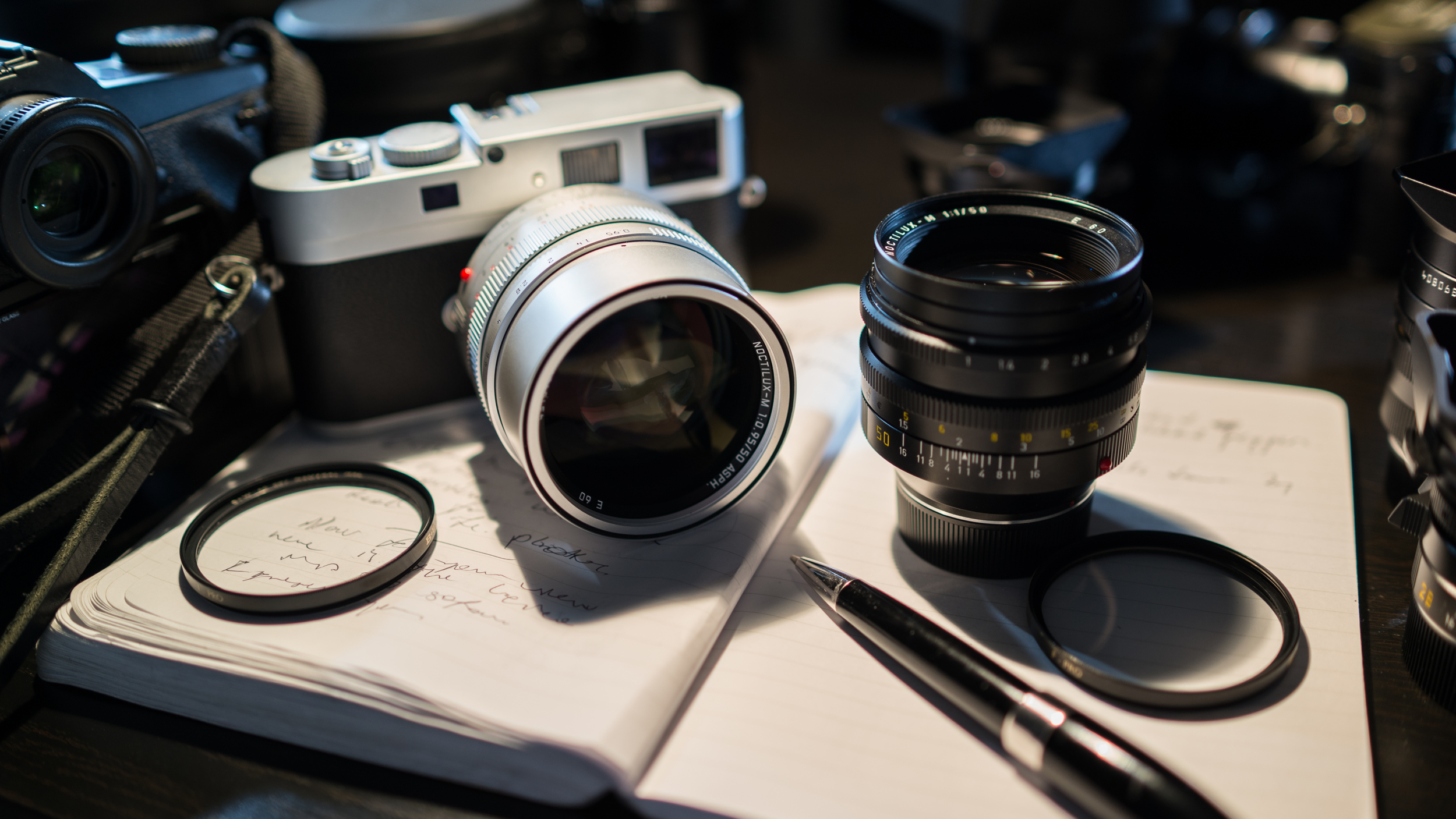
After the location prep, I usually run a brief session of how I would position myself for best angle of view for capturing photographs. I believe that it is essential for a photographer to take the time to prepare for an assignment. Henri Cartier-Bresson used to prepare his camera by dialing the aperture and focus to be at the right distance from the subject then wait for that decisive moment. At a concert or an album launch, that “decisive” moment is continuous. The act is played out without a break; the cameras must work, a photographer must be prepared to capture the images.
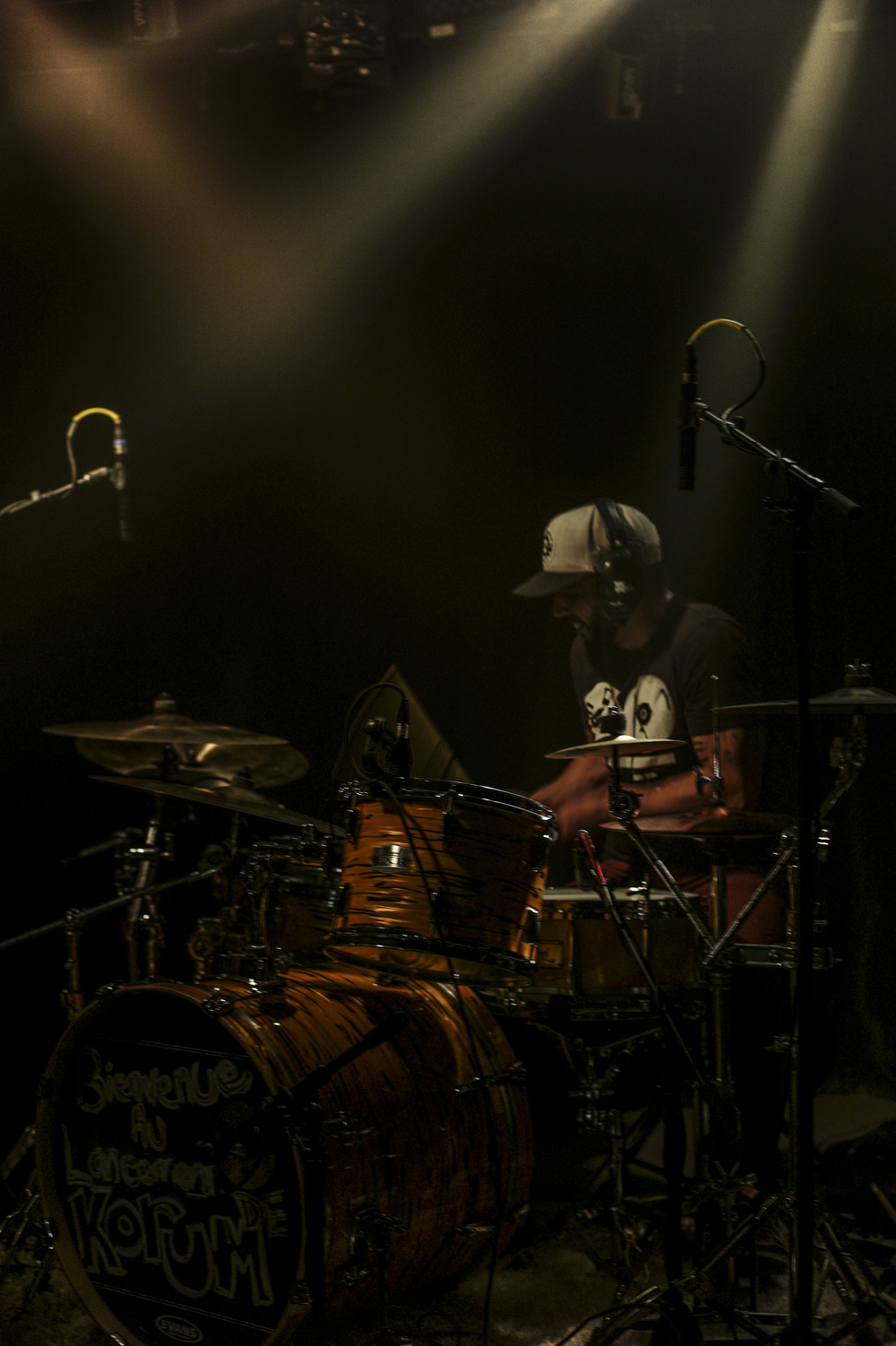
Some may ask why to take aLeica Noctilux-M 50mm f/1.0 lens when you can have a Leica 50mm Summilux f/1.4 lens or the latest version, Leica Noctilux 50mm f/0.95 lens. There is a good reason why I choose a lens with an older optical design.
If you were to think of the iconic photographs of rock concerts, Rolling Stones, Elton John, or Doors, one key element in all those photographs from these legendary concerts is the way the images were rendered. I call this rendition “a window through time” because of the timeless nature of these photographs.
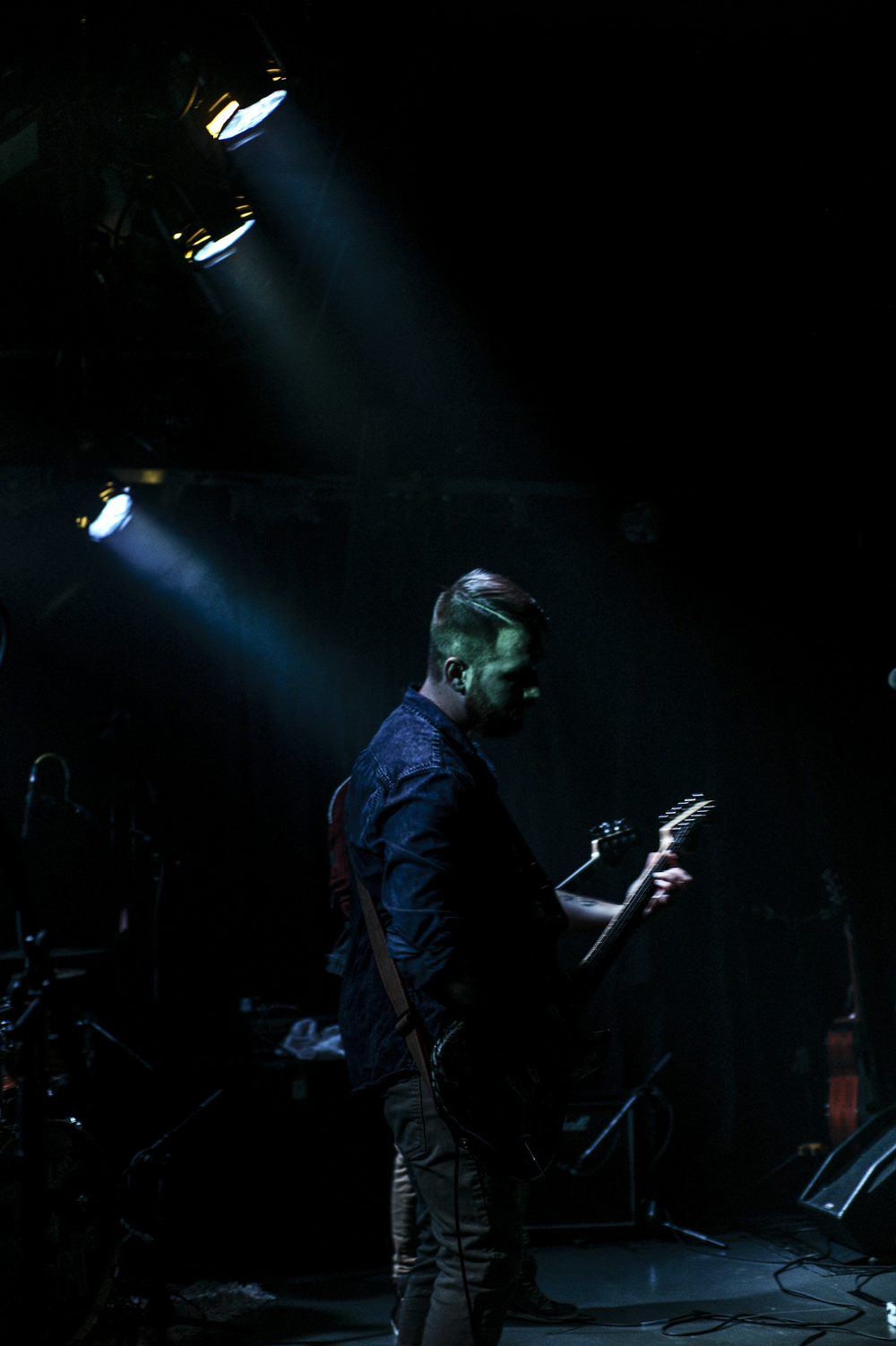
If you take the time to examine these photographs of concerts, you may come to the same conclusion as I that each image captured at the moment reflected a “surreal” quality, an element of “nostalgic timelessness.” In a way, these photos conveyed not only the energy of the concert but the spirit of the era in which they took place.
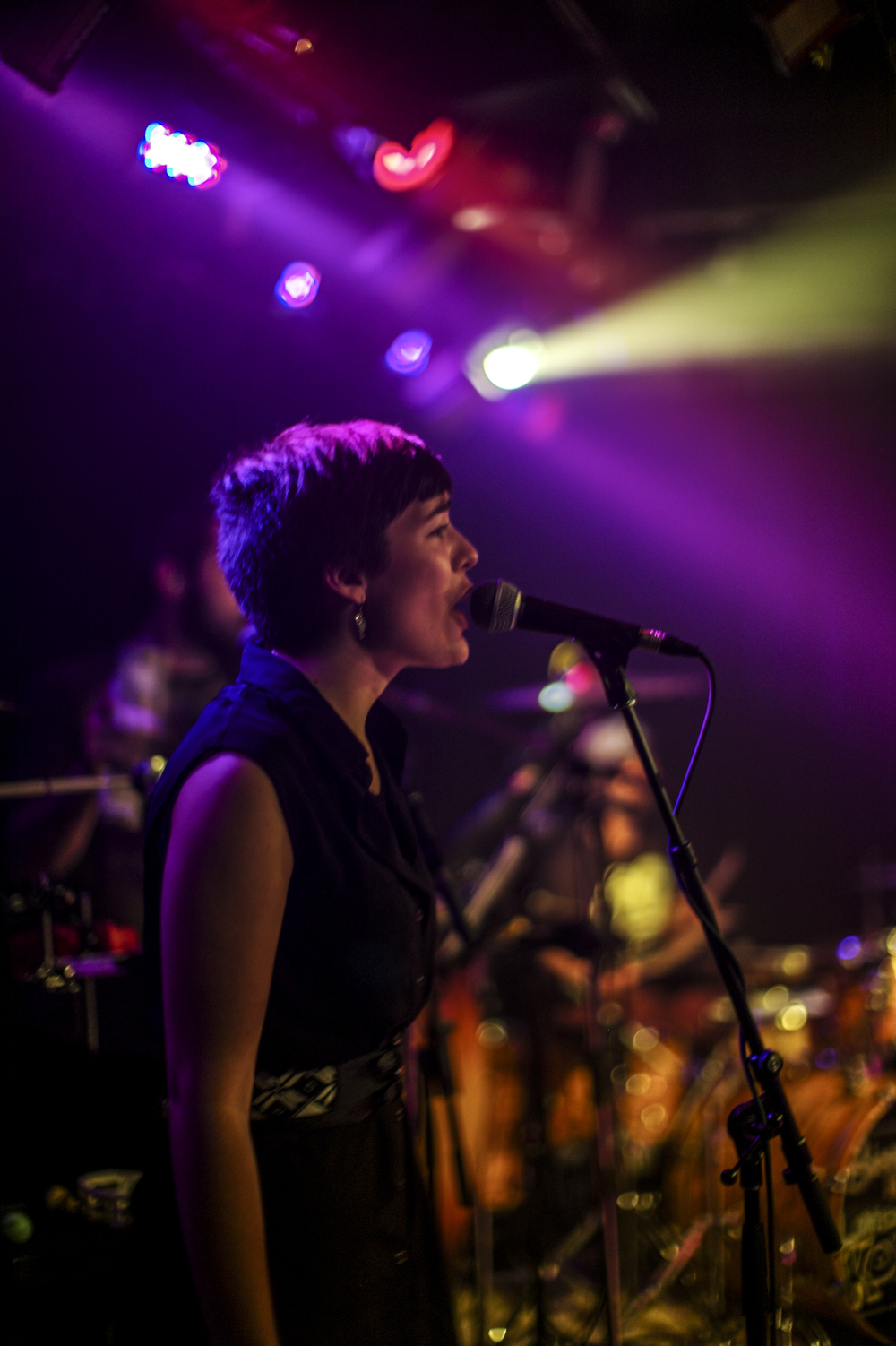
In my photography workshops, I often speak of lenses as instruments through which you tell your interpretation of what you see before your eyes much like the way a painter chooses his/her brush to paint a scene he/she may have in her/his head. For me, selecting a Leica Noctilux-M 50mm f/1.0 lens with a more pronounced character rather than a “neutral” one is my way of infusing a “timeless” quality to the images I capture in a concert.
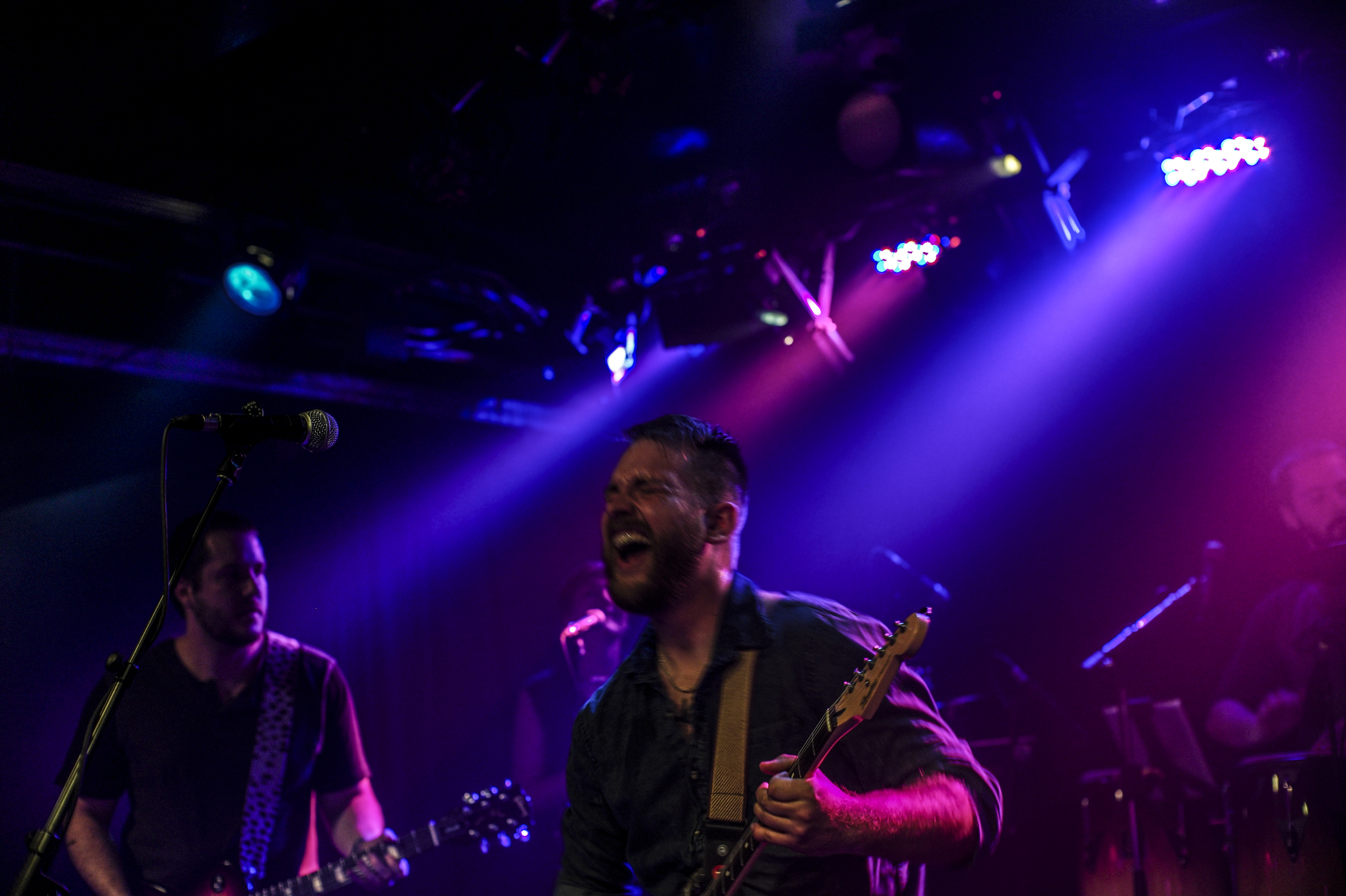
There may be vignetting at times due to the very nature of the lens design, but at times even that element of “imperfection” adds to the overall “feel” of the photograph. There would be colors that would allow the viewer to be “transported” in time, beyond the present to a time when the world was captivated by the Rock & Roll music.
A lens like Leica Noctilux-M 50mm f/1.0 lens helps to capture images with a film like quality especially if matched with a CCD sensor camera. M9-P is perhaps the best camera for capturing the spirit of a concert because the combination creates a look that is beyond the present times.

As always a second camera serves to capture images with a different focal length and character. Generally, I never change lenses in the midst of an event. I find that it is time-consuming and unproductive. Instead of having a second camera with the lens already attached allows everything to flow smoothly.
One thing you will notice with all Leica cameras regardless whether it is CMOS or CCD sensor based is that the buffer in the cameras is not designed for long successive photographing which means that after shooting about 10 to 12 images the camera has to rest to transfer the data onto the memory card. Sometimes it feels like an eternity. A very, very slow process for professional photography to say the least. One way, I find that this can be circumvented is by using two cameras and changing the cameras between the ‘intermissions’ required for data to be processed.
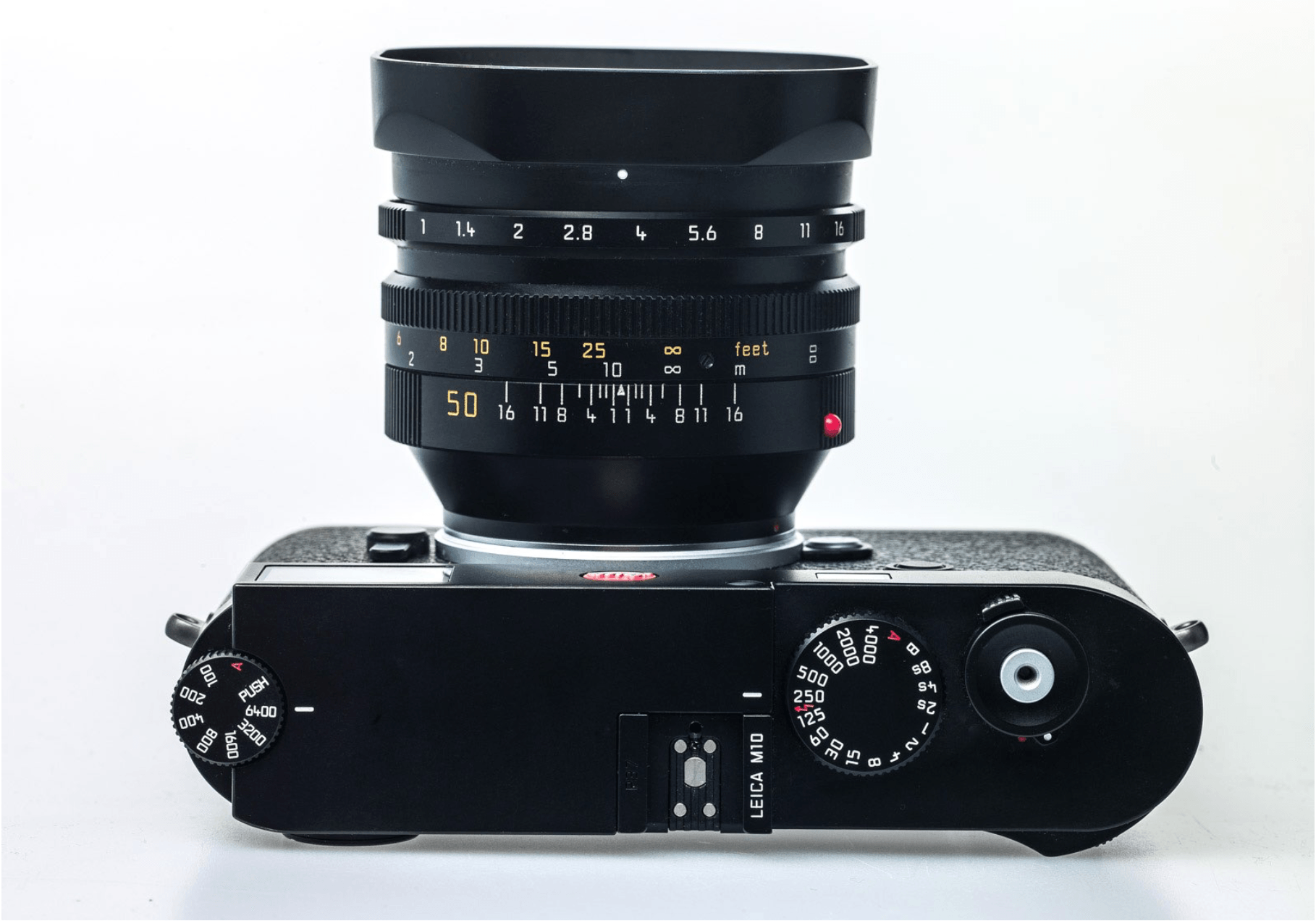
As always, at the album launch, colossal DSLR yielding photographers and journalists were there. As they saw me with my Leica camera, I could read their surprise and bewilderment in their eyes. They struggled to say something, but no words could come out of their mouths. What is there to say, to a DSLR wielding photographer bringing a manual focus camera with a slow buffer is like bringing a knife to a gun fight.
Well, if you are prepared and know your gear, having more frames per second or autofocus become unimportant. As you may have read or heard with use dialing focus on a Leica focus becomes a very fast instinct. I find that I am not even thinking about focusing, my hand and eye coordinates perfectly to get accurate focus without fail.

I have seen photographers frustrated because the focus keeps shifting due to the autofocus setting in their ‘state of the art cameras’, resulting in less than ideal shots. As I have said, Leica cameras require more from a photographer, but the reward is that the camera delivers results that can only be described as having the “Leica look.”
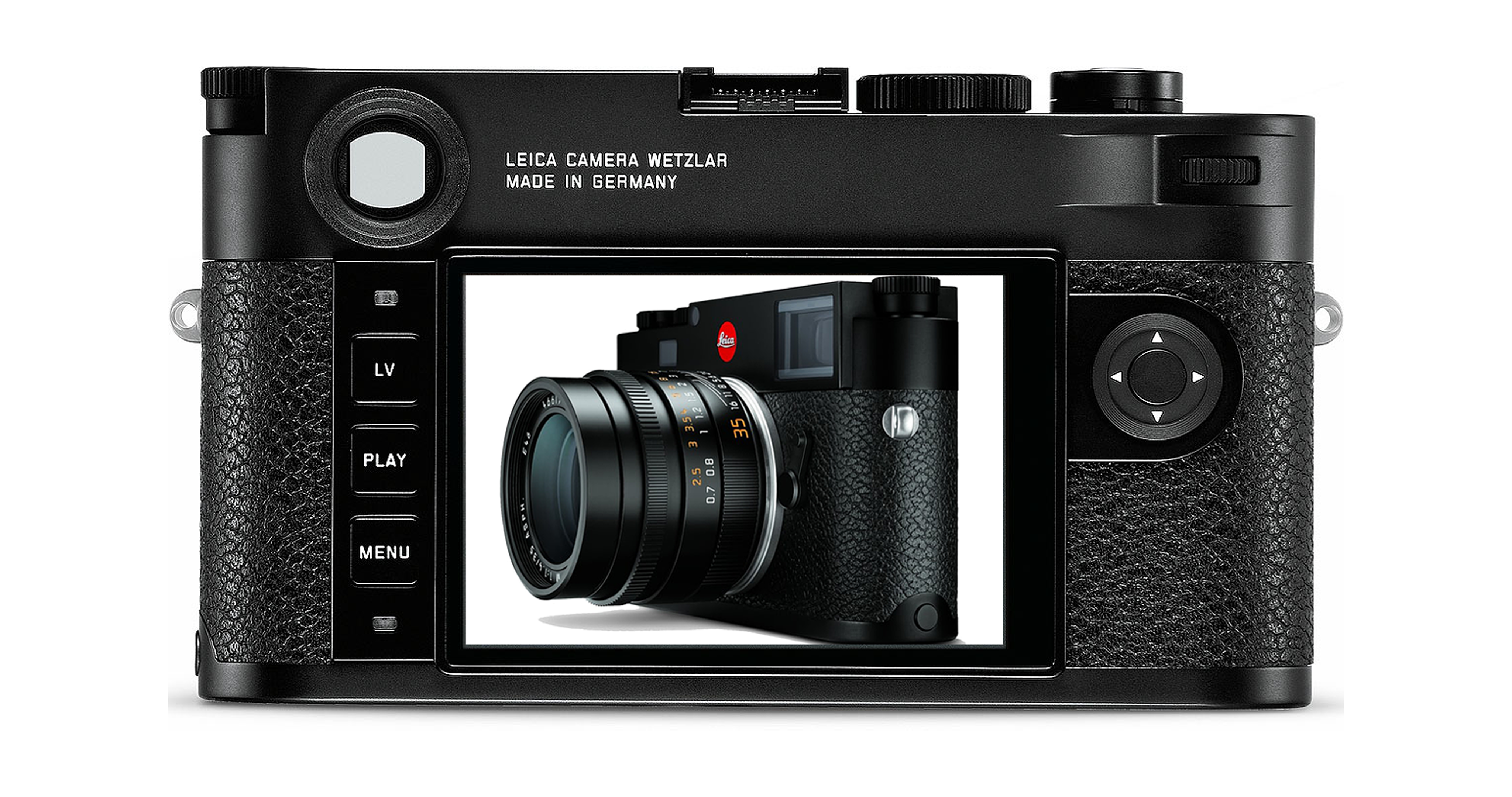
Each time, I sit before my computer and look at the photographs straight out of the camera, I am amazed at the accuracy of the colors. Each photograph reveals a 3D pop/effect that a lens like Leica Noctilux-M 50mm f/1.0 lens help to delivers time and time again. The alchemy behind this lens’ design removes all ‘flatness’ from images and draws the viewer’s attention to the “moment.”
Isn’t that what photography is supposed to do?

Using an older camera like M9-P has some drawbacks, there is no critical focus, electronic viewfinder or Live View option nor advantages of CMOS sensor’s dynamic range. If you are a purist or you have used your Leica camera for a long time, you may agree with me that none of these advancements are crucial in capturing beautiful images. I would even say that this is what makes Leica cameras timeless. Technology may introduce more for photographers with higher megapixels numbers or video capabilities to dress up a camera, but in the end, all comes down to the abilities and creativity of the photographer to create amazing photographs.

Concerts are a fun way to test your ability to photograph because the action continues so you must concentrate and see the ‘action’ through your viewfinder at times. A lens like Leica Noctilux-M 50mm f/0.95 lens begins to shine at times like this not only because it is a fast lens, but it can create fantastic bokeh that just isolates the subject from the background.

For one, during the entire shooting, I was not even noticed, people just allowed me to move without breaking their ‘attention’ of the event. I noticed that DSLR shooters were ‘marked’ as they moved around, people made ‘room’ for them which obviously broke their attention from the ‘action’ that was unfolding on stage.

If I were to be asked what improvements can there be made of the current line up of digital cameras from Leica camera, there would be a long list. Most camera manufacturers including Fuji, Panasonic, and Sony, have cameras with superb specifications which Leica M line of cameras cannot compete. It is not even an issue of price but a desire for the camera manufacturer to provide features that would make a camera more accessible and more pleasurable to use. For Leica M cameras I probably would be starting with a larger buffer that delivers quicker response without limitations on how many images I can capture in one single burst.

Zoom lenses make the photographer somewhat ‘lazy’ because instead of positioning, they dial the focal length and let autofocus do the job. If a DSLR is set to aperture priority which most professionals do then for all intents and purposes, they become a ‘point and shoot’ camera users. Obviously, there is nothing wrong with using the camera to do the job, but I find that the element of involvement that is required with a Leica camera makes the pure pleasure of photography come alive which I believe makes a photographer better at creating amazing photographs.

With zoom lenses there is more room to play with focal lengths, it is the advantage that most DSLR shooters are too happy to have in their arsenal. I find that best photographs are captured using prime lenses because a photographer gets used to the distance and the composition that comes from a fixed focal length. For me, before I begin bringing up the camera for focusing I know the distance that I need to stand from the subject to get the well-composed photograph.

This means I may choose to use a lens that is wider like a 28mm to photograph the drummer and the guitarist or I may opt to concentrate on the backup singer to shed light on the event. Leica Noctilux-M 50mm f/1.0 lens is superb at isolating a person on stage with just the right amount of detail. I dial the aperture at f/2.8 or up to f/4.0 to render the ‘action’ on stage which lets the spirit of the band to be drawn into the composition.

If you examine the images, you will see that the photographs were shot at different apertures to include or remove details from the frame. I say photography is the art of elimination. I choose to eliminate all that is unnecessary from the composition that does not enhance the story.

This means I may choose to use a lens that is wider like a 28mm to photograph the drummer and the guitarist or I may opt to concentrate on the backup singer to shed light on the event. Leica Noctilux-M 50mm f/1.0 lens is superb at isolating a person on stage with just the right amount of detail. I dial the aperture at f/2.8 or up to f/4.0 to render the ‘action’ on stage which lets the spirit of the band to be drawn into the composition.

For one, during the entire shooting, I was not even noticed, people just allowed me to move without breaking their ‘attention’ of the event. I noticed that DSLR shooters were ‘marked’ as they moved around, people made ‘room’ for them which obviously broke their attention from the ‘action’ that was unfolding on stage.

For one, during the entire shooting, I was not even noticed, people just allowed me to move without breaking their ‘attention’ of the event. I noticed that DSLR shooters were ‘marked’ as they moved around, people made ‘room’ for them which obviously broke their attention from the ‘action’ that was unfolding on stage.
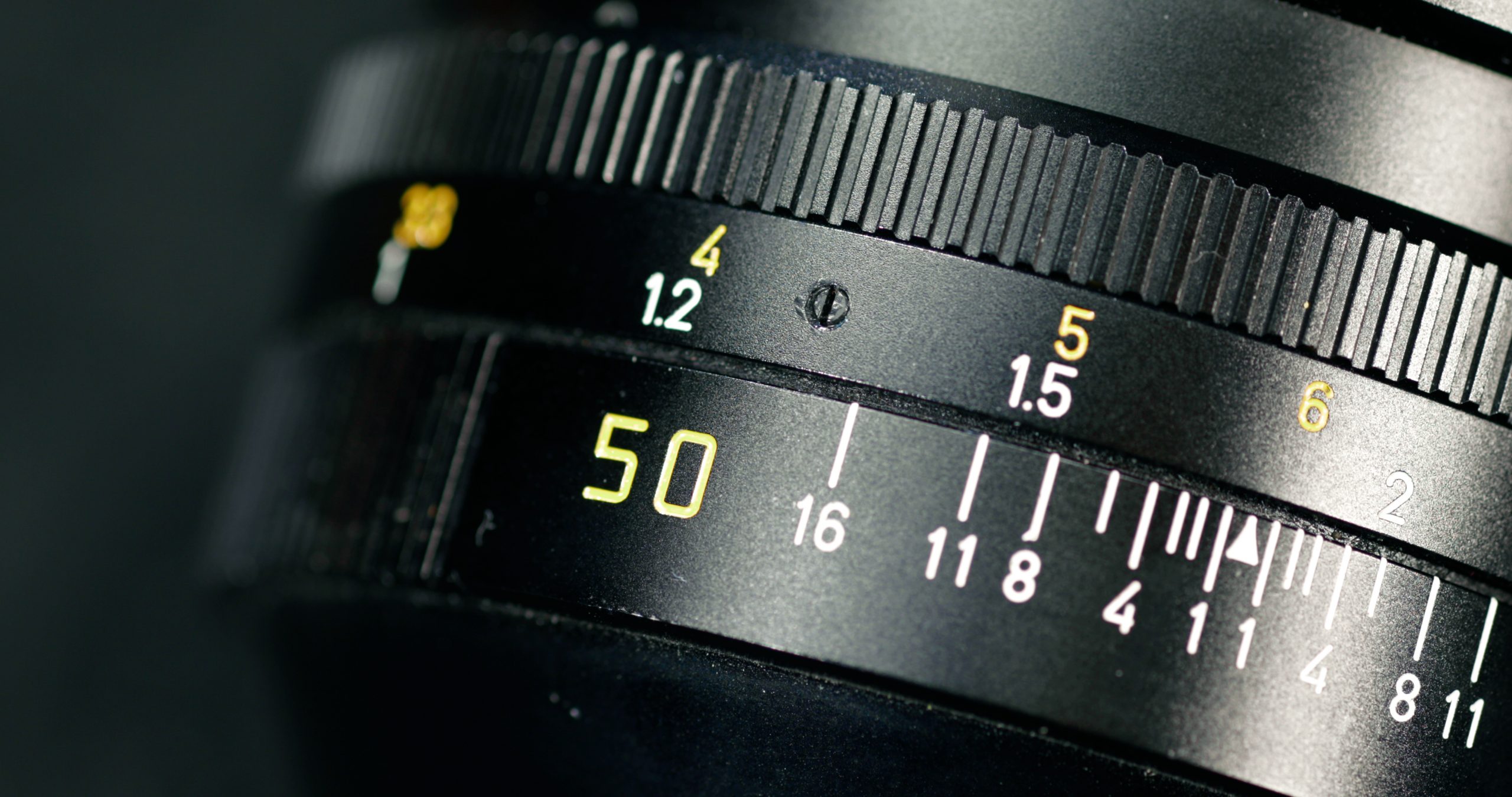
A question that comes up often is why I opt for the older version of Leica Noctilux-M 50mm f/1.0 lens time and time again for specific projects. My answer is simple, Leica lenses are unique in that each lens from different periods of production create a unique look. For example, new Leica Noctilux-M 50mm f/0.95 lens is a fantastic lens, probably my favorite lens but I choose to use it for portraits, or projects that call for more accuracy and sharp rendering of modern ‘look.’ This is very special because as much as the new Leica Noctilux-M 50mm f/0.95 lens is a versatile lens, it carries a unique character that is very different than the previous version.
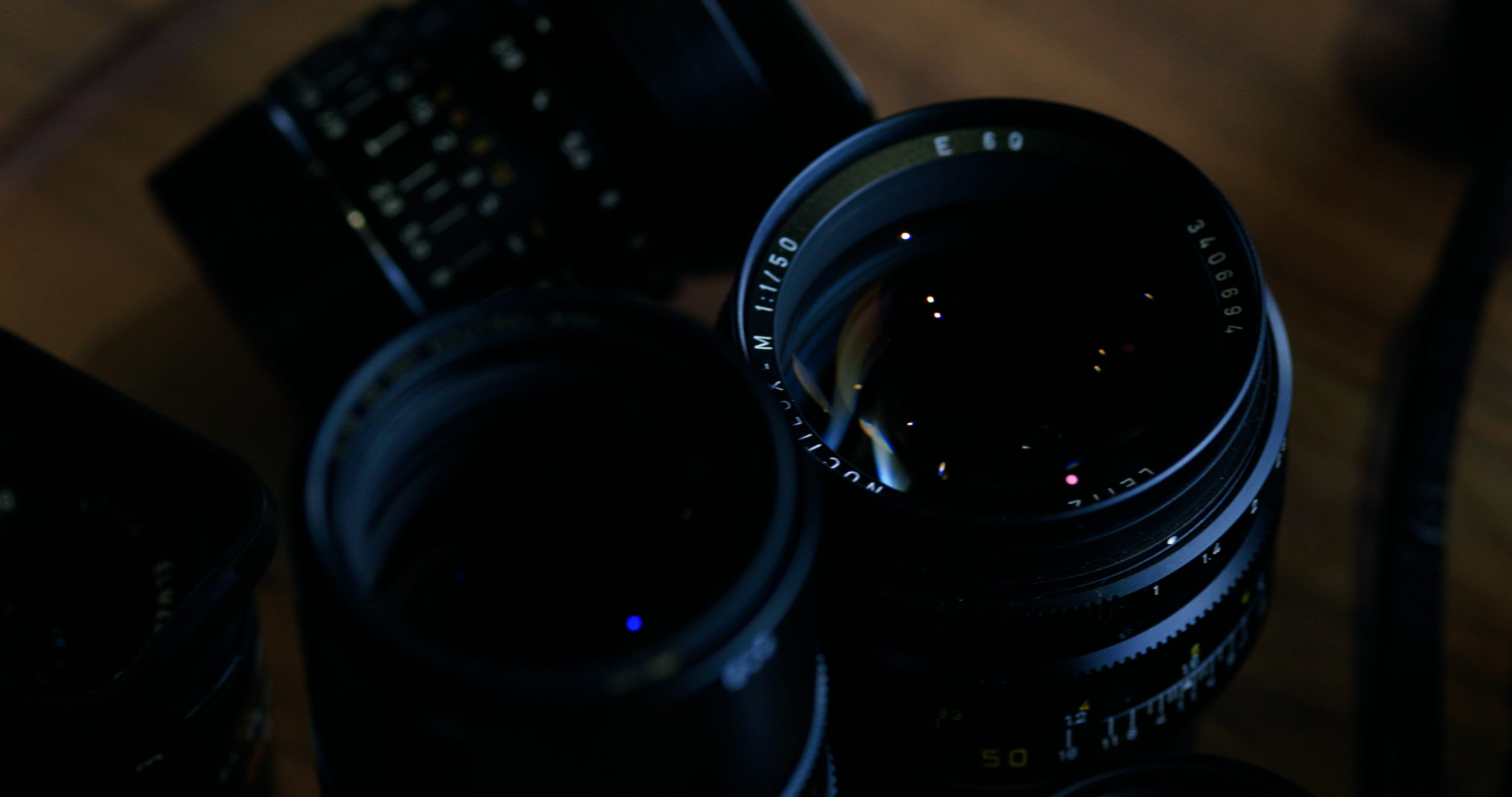
This also can be said for CCD based cameras from Leica camera; they have a unique way of rendering images which have not been duplicated with modern CMOS sensors. I see time and time again, amateurs or even professionals using APS-C based sensor cameras for their photography projects. They are welcome to use any camera they may choose, but I feel that at the end of the day, sensor size plays a vital role in the way the photographs are rendered. It is for this reason; I use Leica S when the conditions call for it or opt for the full frame M cameras at other times.
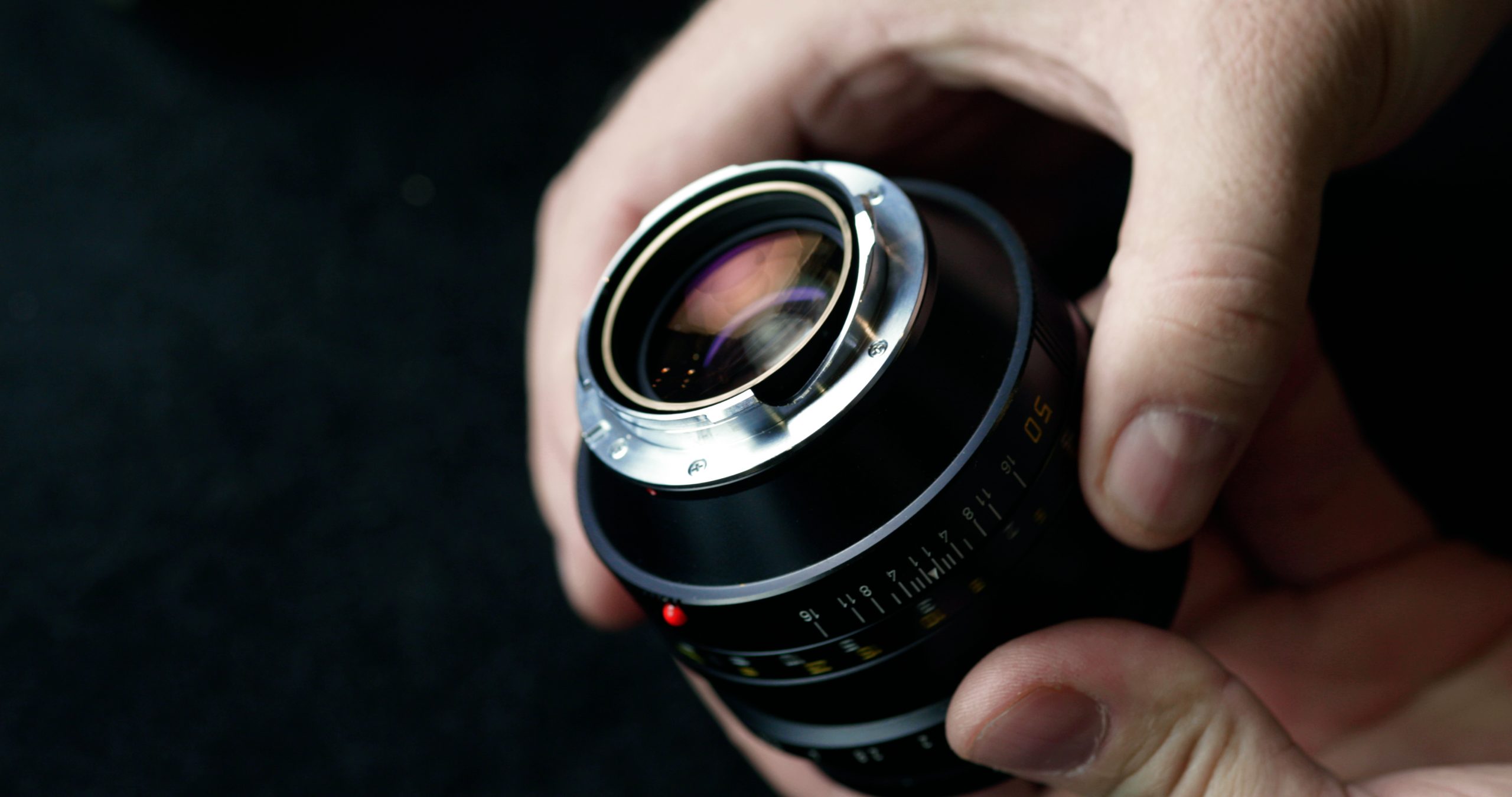
The truth is that, like fashion, camera manufacturers set trends whether it is based on megapixel war or dots per inch LCD screens. Honestly, I could not be careless, if the image is 18 megapixel or 24 megapixels if the sensor is small. Leica M9 camera is a full-size sensor which means that there is no ‘sacrifice’ or ‘gimmicks’ to make up for smaller sensor size. M9 just delivers results, period.
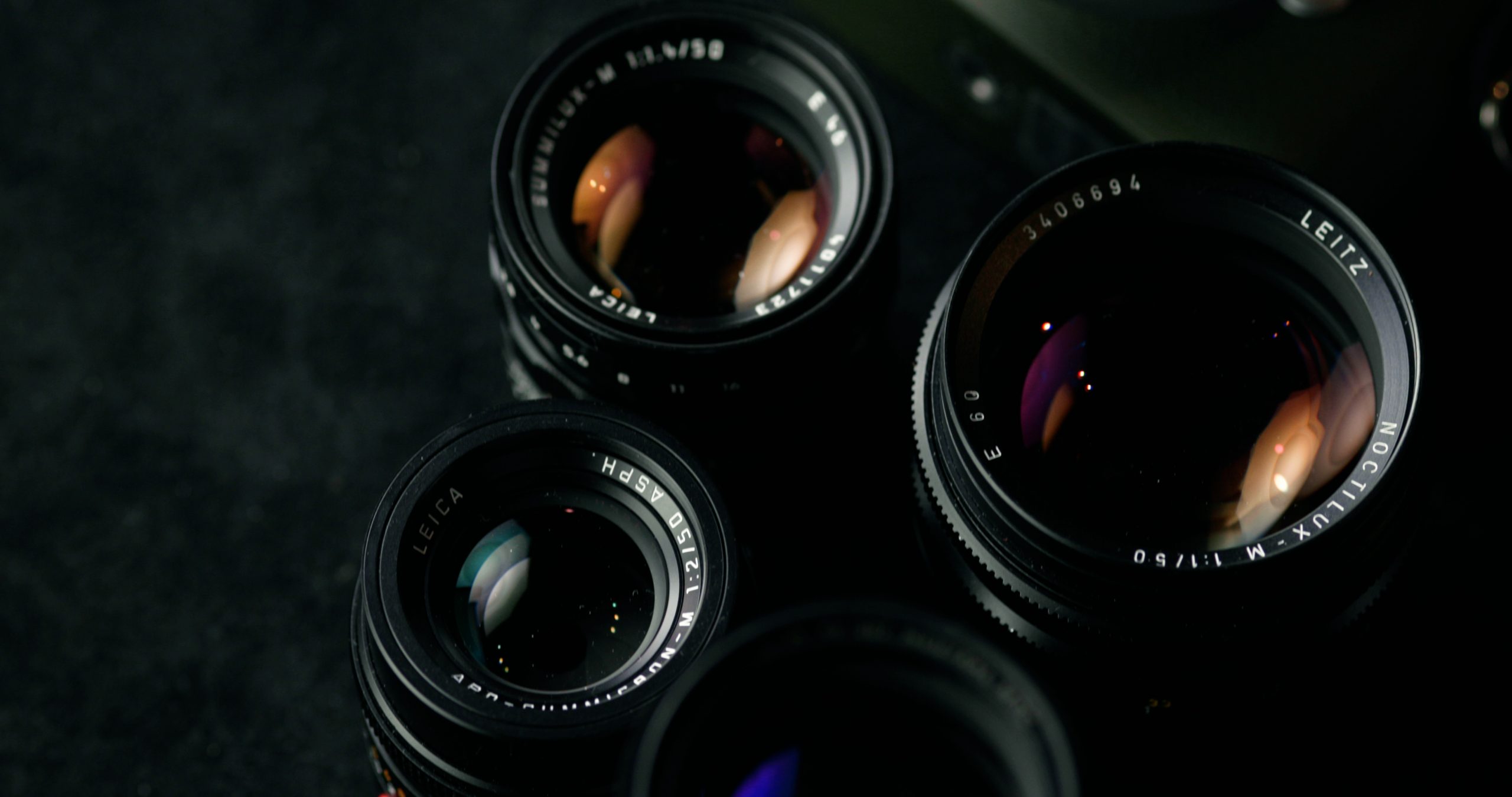
One thing to take into account is matching the right lens with the camera. I find that M9 and Leica Noctilux-M 50mm f/1.0 lens combination is an ideal match because the lens balances perfectly on the camera yet can be used wide open to capture images in very low light situations.
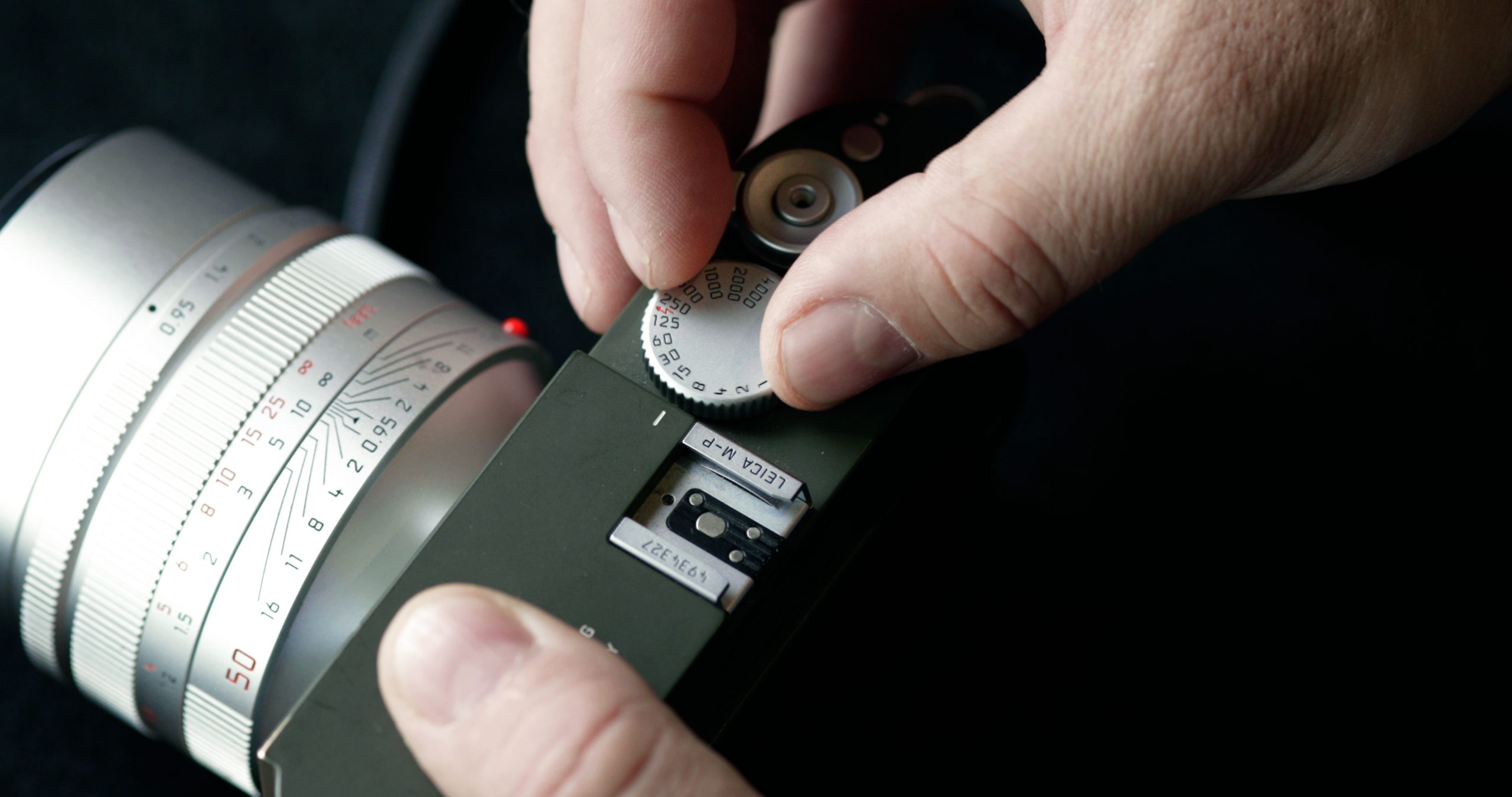
If you are photographing a concert, lights and shadows create dramatic contrasts; it is in the amount of light and shadow play that produce the ‘magic’ of the moment captured. For example, if the face of the musician is lit just right but all other ‘distractions’ are hidden by the shadows what better way to tell a story can there be?
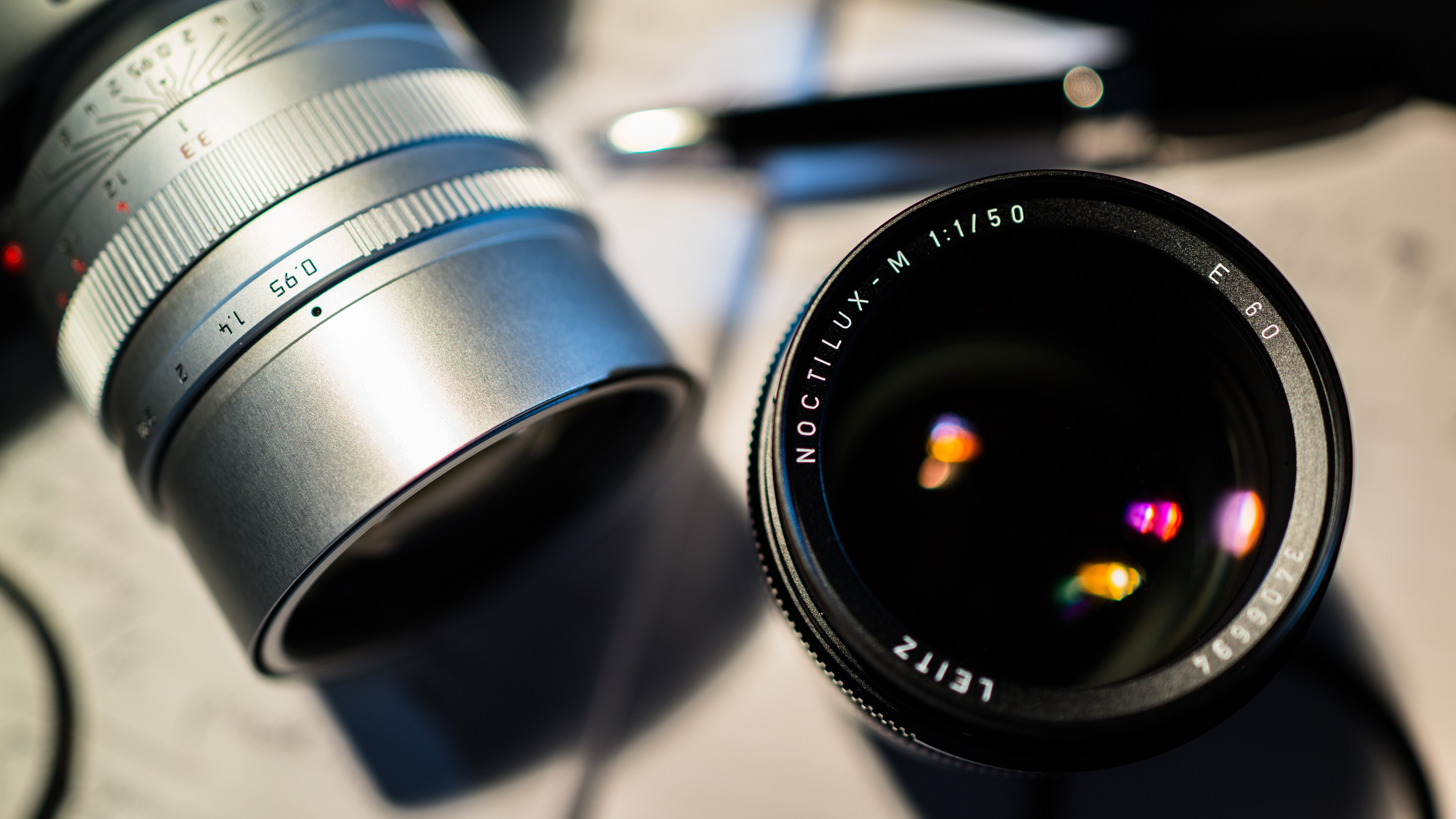
One thing you must know that the new Leica Noctilux-M 50mm f/0.95 lens has floating elements in its design. This was introduced to combat an issue with the earlier Noctilux which was that the ‘focus shifted’ if the aperture was changed. This meant that at each aperture setting the focus had to be readjusted. For some, this may be a significant drawback, but I find that over a period one gets used to the quirks of a lens that delivers such surprising results. To me, it is the sound of the carburetor on a Harley Davidson although the modern fuel injection systems have long replaced the older design. The older model is just reliable in the same way Leica lenses are…

If you are reluctant to buy an older Leica Noctilux lens rest assure that they become rarer and rarer each year and investing in a good lens with superior optics will stand the test of time. I predict, in the next decade, they may surpass the price of a new Leica Noctilux 50mm f/0.95 lens. Having said this, you may wonder if there are any alternatives to a Leica Noctilux-M 50mm f/1.0 lens. Yes, there are plenty…
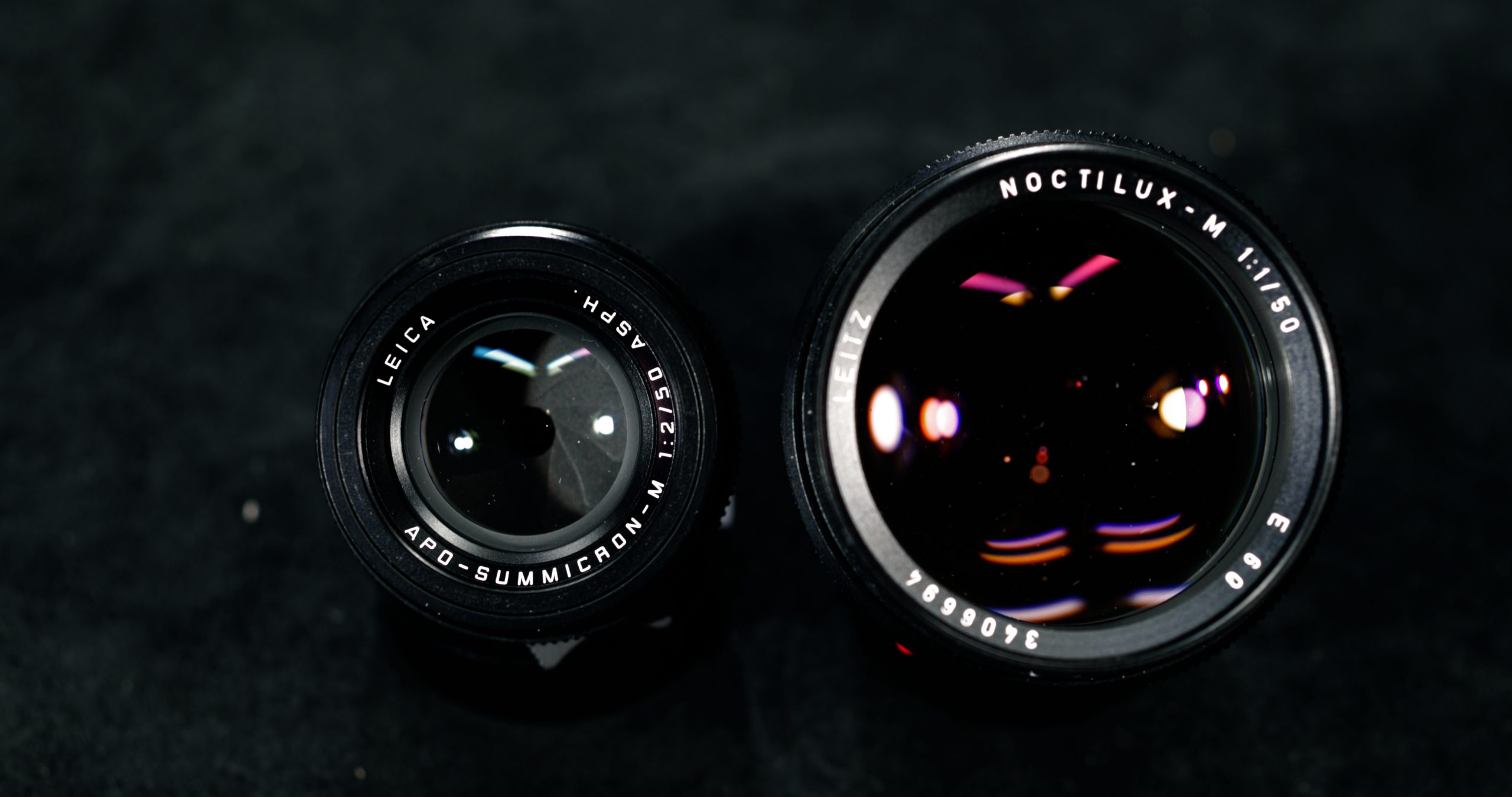
Leica Summilux-M 50mm f/1.4 Pre-ASPH lens delivers similar results to an older Noctilux but lacks the speed that comes with f/1.0. This, however, was never an issue for me because Leica 50mm Summilux f/1.4 lens provides a smooth, creamy bokeh at f/1.4.
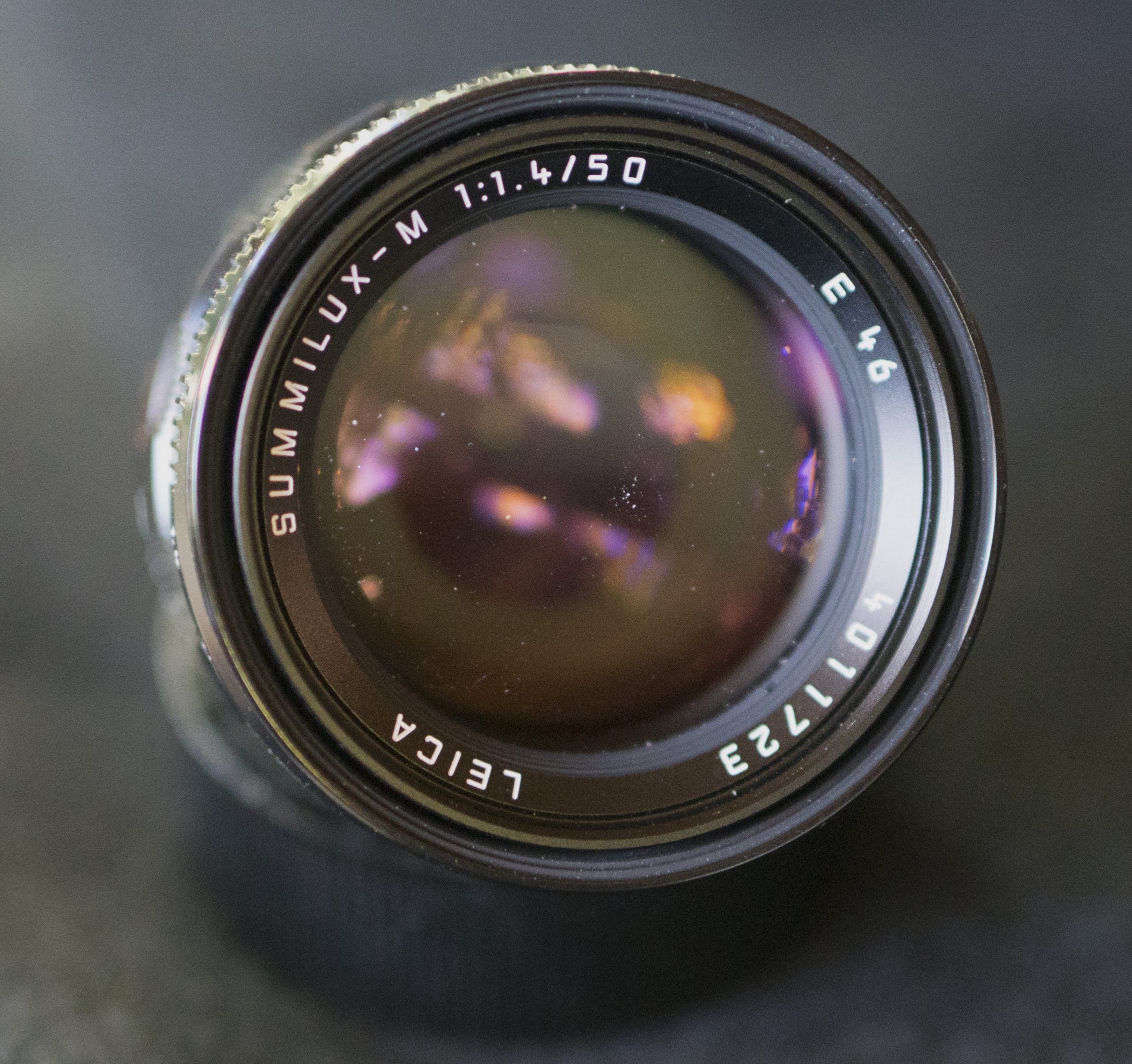
One thing you must know that the new Leica Noctilux-M 50mm f/0.95 lens has floating elements in its design. This was introduced to combat an issue with the earlier Noctilux which was that the ‘focus shifted’ if the aperture was changed. This meant that at each aperture setting the focus had to be readjusted. For some, this may be a significant drawback, but I find that over a period one gets used to the quirks of a lens that delivers such surprising results. To me, it is the sound of the carburetor on a Harley Davidson although the modern fuel injection systems have long replaced the older design. The older model is just reliable in the same way Leica lenses are…
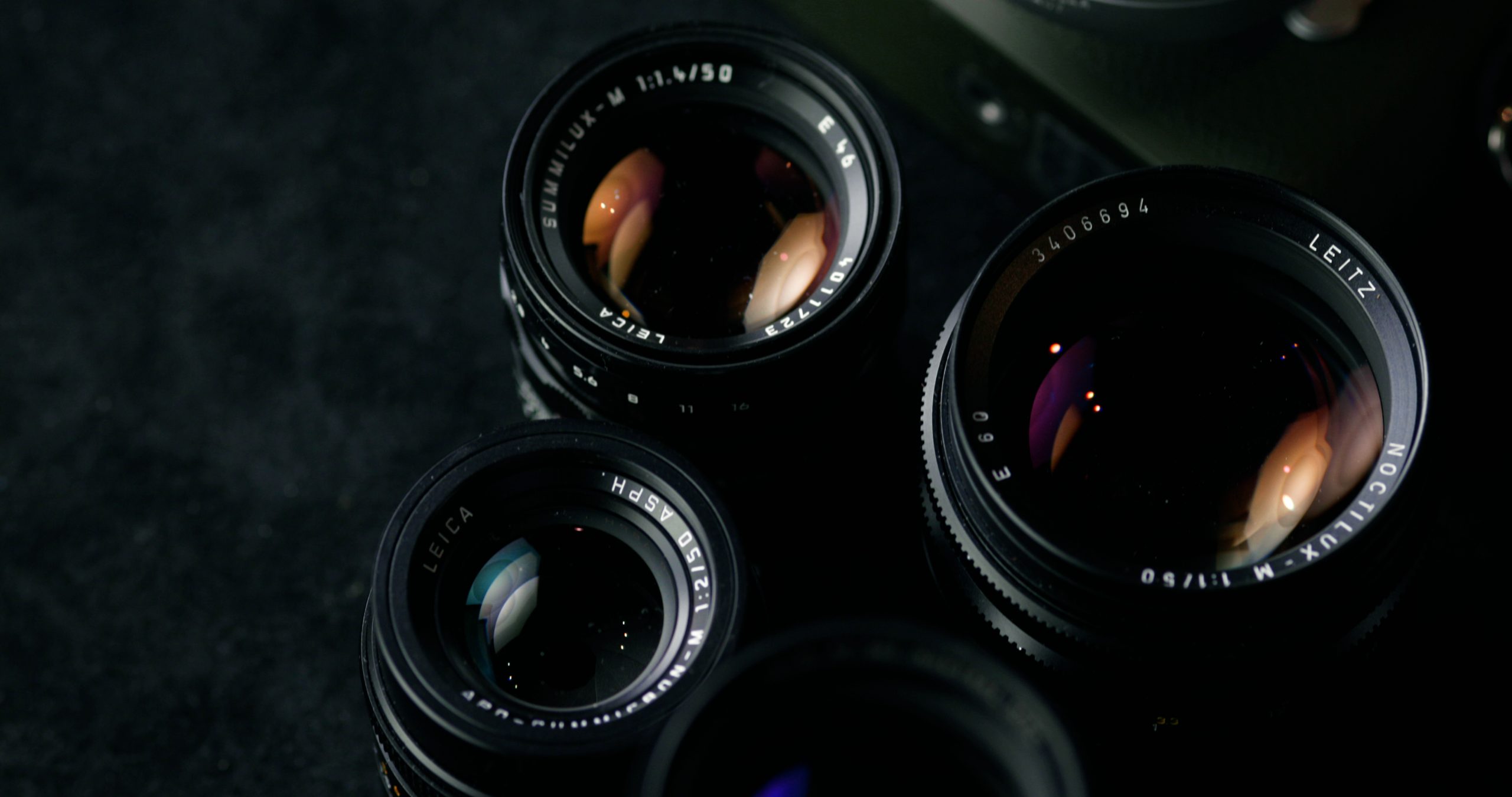
I can even say that a Leica 50mm Summilux f/1.4 lens has a pivotal role in Leica camera’s history. Leica Summilux lenses are time-tested and have matured in design to reveal characteristics that are unique, and set the benchmark for all other lenses to be judged against for quality and speed. As a point of reference, the new Leica Noctilux 50mm f/0.95 lens was introduced in 2008 after the older generation was phased out after years of production. Leica Summilux lenses follow a similar line of a heritage of sustainability through time.
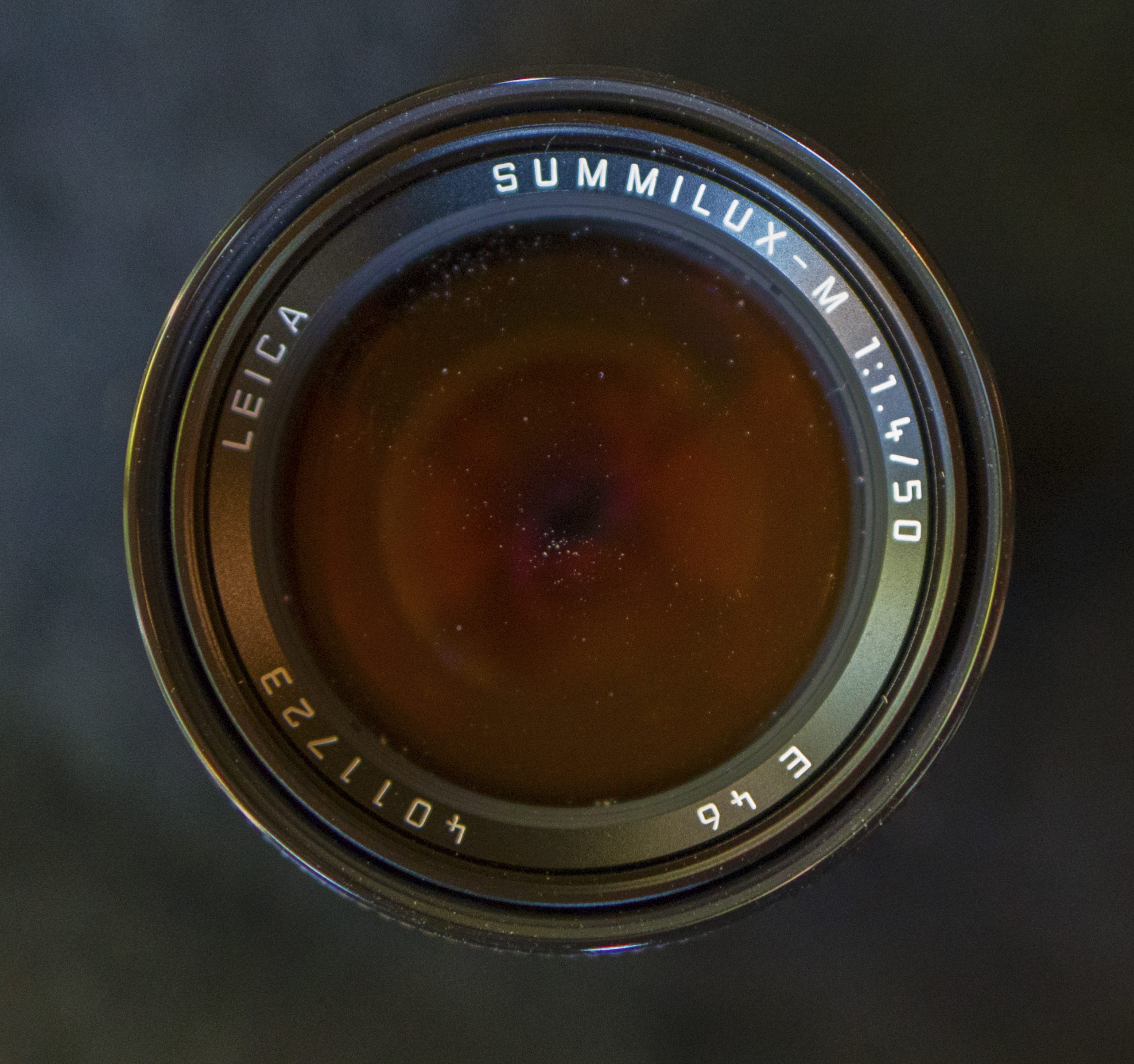
It is my firm belief that an optics company that continues to produce a lens for decades learns to improve upon an already great design. Leica Noctilux and Summilux lenses are such lenses that define what Leica lenses are with their unique character and superb optics. As one develops a relationship with a Leica camera and lenses, the simplicity of operation and refinement of a mature product dramatically enhances one’s ability to photograph because capturing images with a simple to use camera becomes second nature.
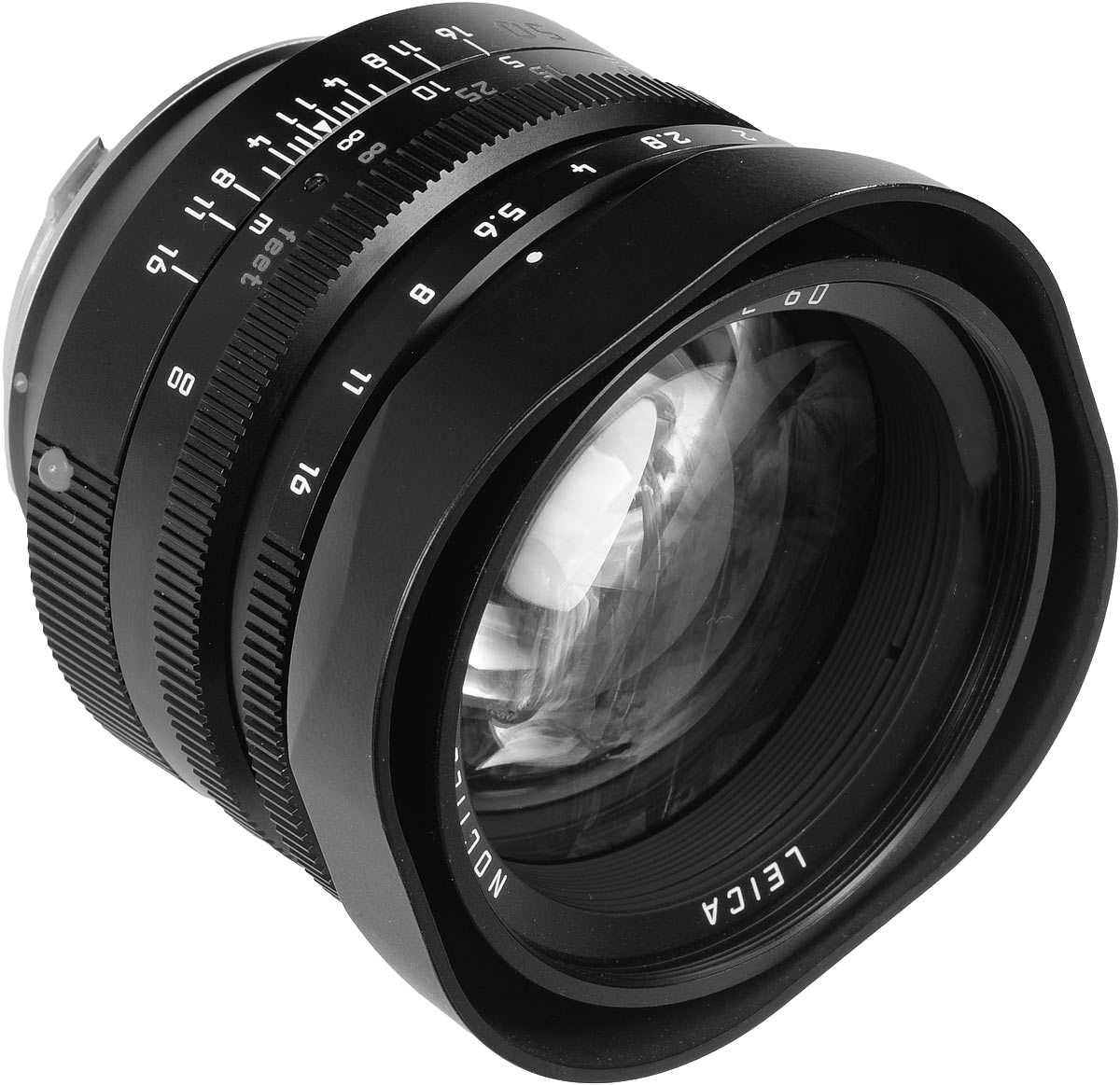
I hope you have enjoyed this article; I invite you to read the next article about the results I got from Leica 28 mm Summicron that I used at this event.
There will be additional reviews and practicums on our website to shed more light on these amazing Leica lenses and cameras. We appreciate all your comments.

Leica Noctilux-M 50mm f/0.95 ASPH. lens can be purchased used or new, here I have provided links for the best online sites. Most are authorized dealer and the others are reputable dealers. I have also included a list for other alternative lenses that perform well.
Here is the link for the Leica Noctilux-M 50mm f/0.95 ASPH. lens and other lenses mentioned in this article.
Leica Noctilux-M 50mm f/0.95 ASPH. Lens (Silver) (NEW)
Leica Noctilux-M 50mm f/0.95 ASPH. Lens (Black) (NEW)
Leica Noctilux-M 50mm f/0.95 ASPH. Lens (USED)
Leica Noctilux-M 50mm f/1.0 Lens (USED)
Leica Summilux-M 75mm f/1.4 Lens (Used)
Leica Cameras:
Recommended Leica 50mm Focal Length Lenses:
Leica Summicron-M 50mm f/2 Lens
Leica Noctilux-M 50mm f/0.95 ASPH. Lens
Leica APO-Summicron-M 50mm f/2 ASPH. Lens
Leica Summilux-M 50mm f/1.4 ASPH. Lens
Leica APO-Summicron-M 50mm f/2 ASPH. Lens
Affordable Leica 50mm lens:
Leica Summarit-M 50mm f/2.4 lens
Other 50mm Lenses (Recommended *)
ZEISS Planar T* 50mm f/2 ZM Lens*
Voigtlander Nokton 50mm f/1.1 lens *
7artisans Photoelectric 50mm f/1.1 Lens
Voigtlander Nokton 50mm f/1.5 Aspherical Lens *
ZEISS C Sonnar T* 50mm f/1.5 ZM Lens *
Meyer-Optik Gorlitz Nocturnus 50mm f/0.95 III Lens
Used 50mm and other Lenses:
Leica Noctilux-M 50mm f/0.95 ASPH. Lens (USED)
Leica Noctilux-M 50mm f/1.0 Lens (USED)
Leica Summilux-M 75mm f/1.4 Lens (Used)
For my upcoming 2019 photography workshops, here are the links
We offer photography workshops around the world specializing in Leica cameras and lenses. You are invited to take part in one because what you gain from a dedicated photography workshop for Leica cameras and lenses. The tips and techniques you will learn in these workshops will take your photography to the next level also will stay with you for a lifetime. We look forward to hearing from you.
As always, if you have any comments please write to us.
Thank you
Oz Yilmaz
Leica Review Team
